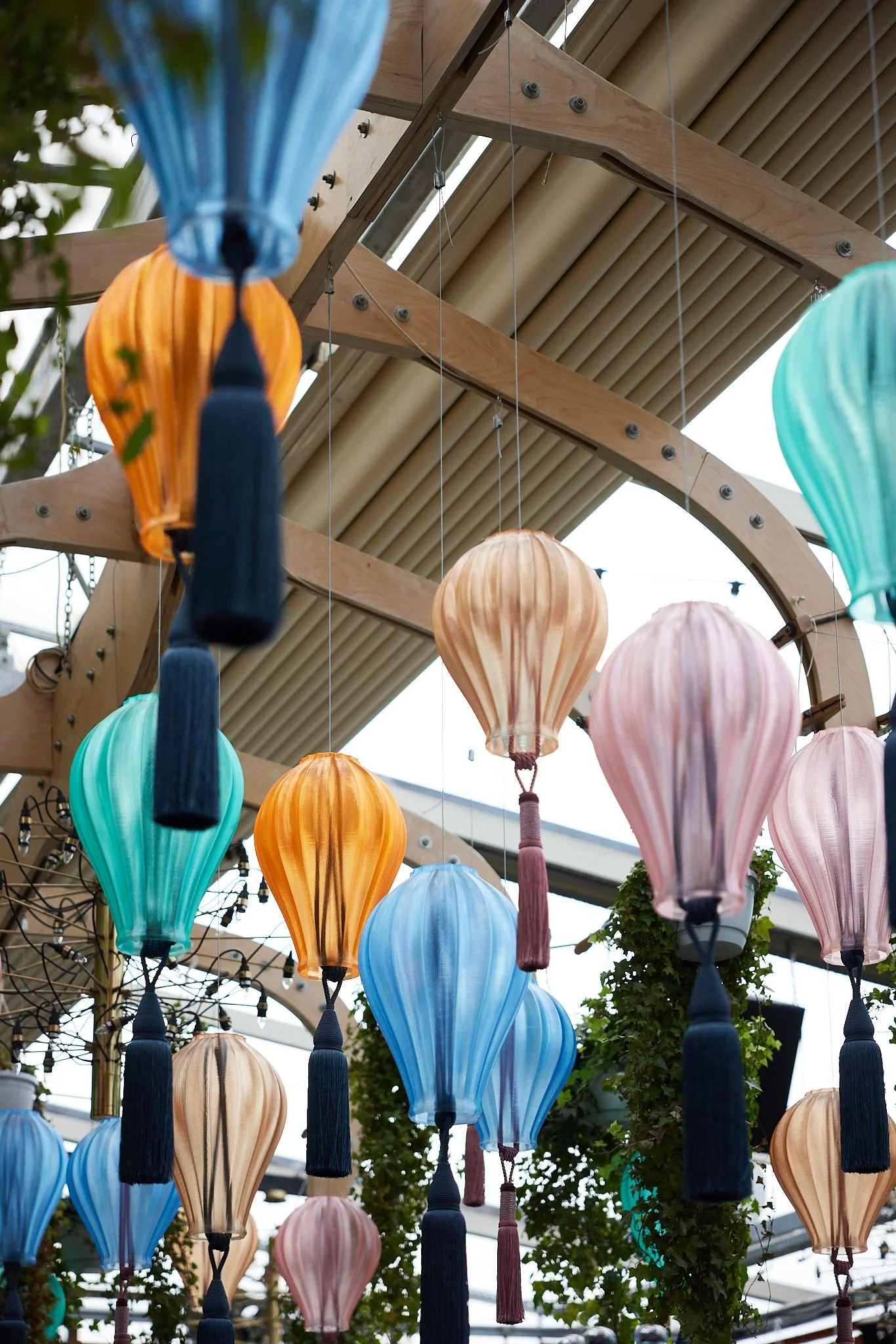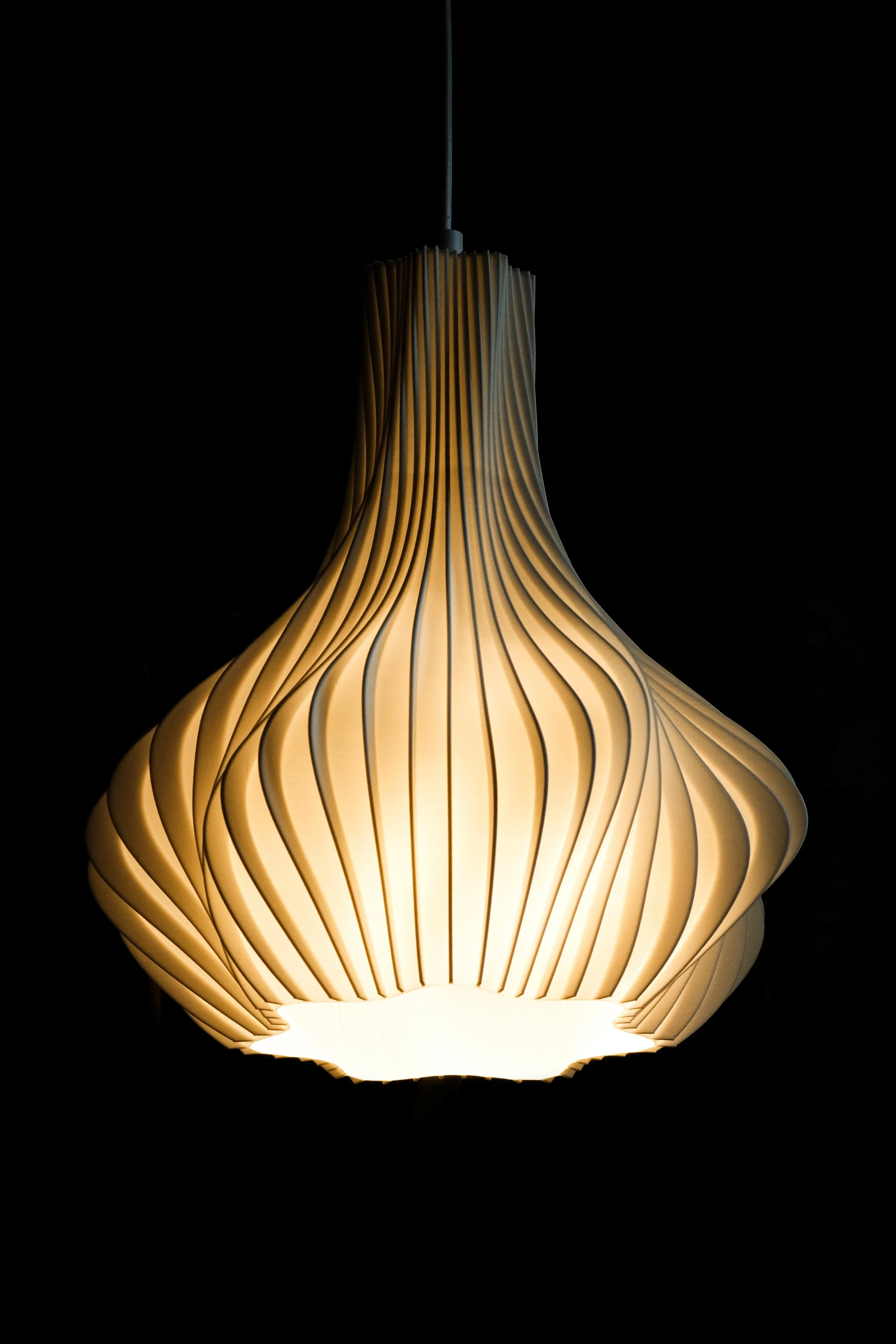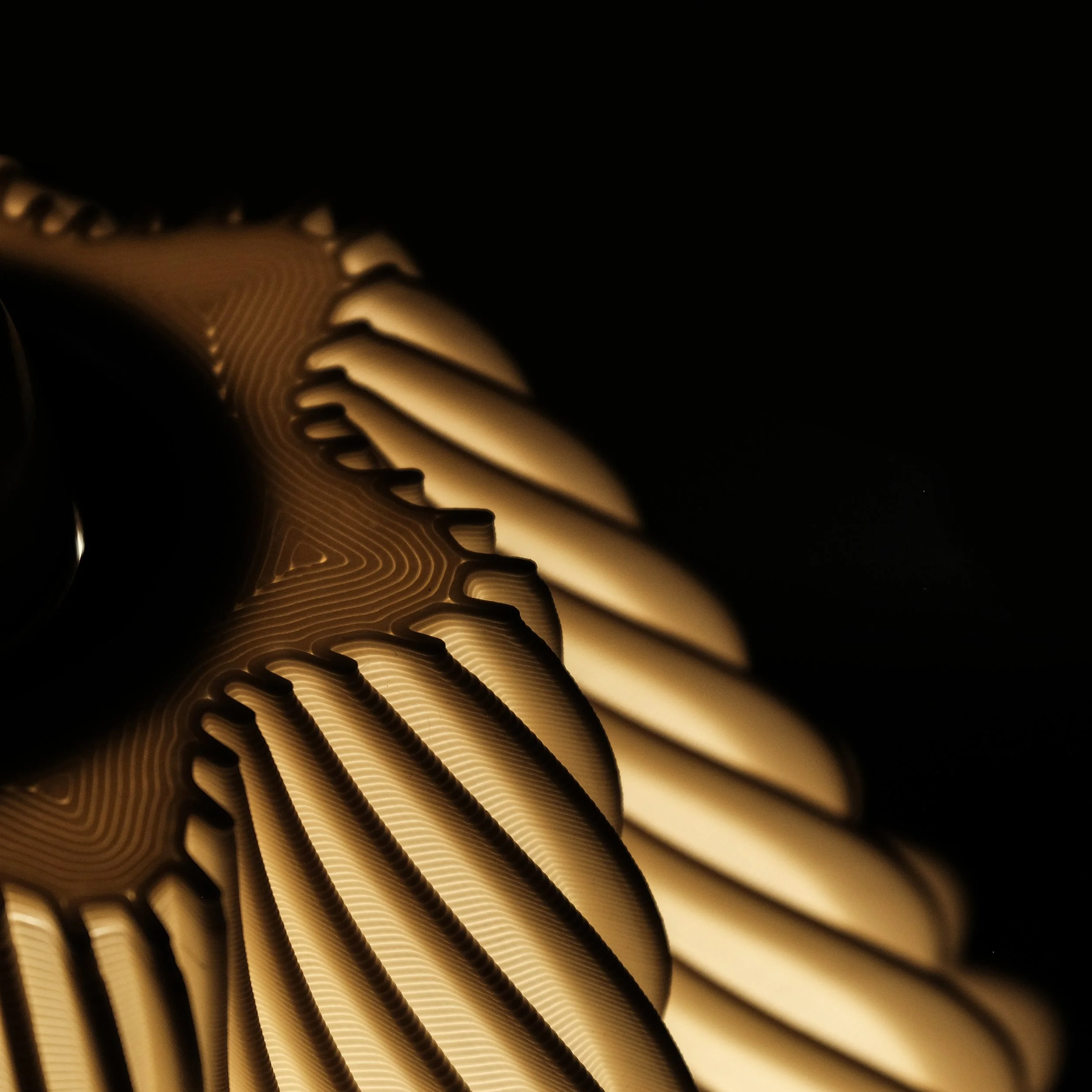BIOMORPH DESIGN
“CODE&CRAFT”
2025
Alexandru and Adina Mărginean, founders of BIOMORPH DESIGN, are an architectural duo educated at UAUIM Bucharest (University of Architecture and Urbanism ”Ion Mincu” - Bucharest). Their practice spans hospitality, retail, and product design, exploring the expressive potential of space through the interplay of materials, form, and human experience. They are fascinated by the transformative possibilities of matter and the tools that shape it, bridging traditional craft and contemporary fabrication.
For BIOMORPH DESIGN, architecture is less about objects and more about processes: experiments where matter, technology, and human imagination converge to create spaces that resonate with memory, identity, and sensory experience. Their work investigates how tactile qualities, structural logic, and spatial narratives can evoke emotion, connect people, and transform everyday interactions. By treating architecture as a continuous dialogue between hand, mind, and machine, they explore the role of tools — ancient and contemporary — as essential instruments of human expression and evolution.
BIOMORPH DESIGN approaches architecture and design as an evolving experiment in form, material, and human experience. Our practice lies at the intersection of craft and technology, where the inherent qualities of matter are explored and celebrated rather than concealed. Each project becomes a laboratory in which spatial design, product innovation, and hospitality environments test the balance between permanence and transformation.
Objects produced by BIOMORPH DESIGN are not standalone creations; they are the distilled results of a comprehensive design process that responds to a specific space. Each object concentrates the entire design journey — from spatial exploration and functional experimentation to human experience — into a single form or system, serving as a microcosm of the architectural process.
Through research and practice, we investigate how spaces communicate — how texture, light, and structure influence collective memory and emotion. We see architecture not as a finished object, but as a process of negotiation between people, materials, and tools, where human intuition and imagination remain central, even as technology extends our capacity to shape matter and experience.










